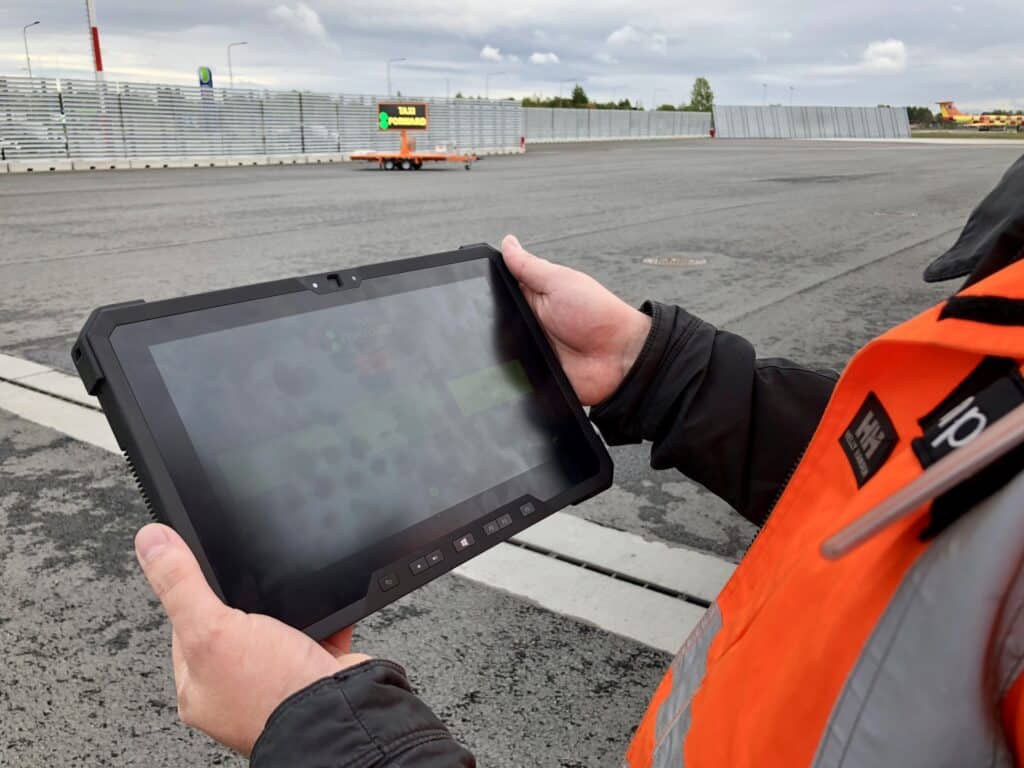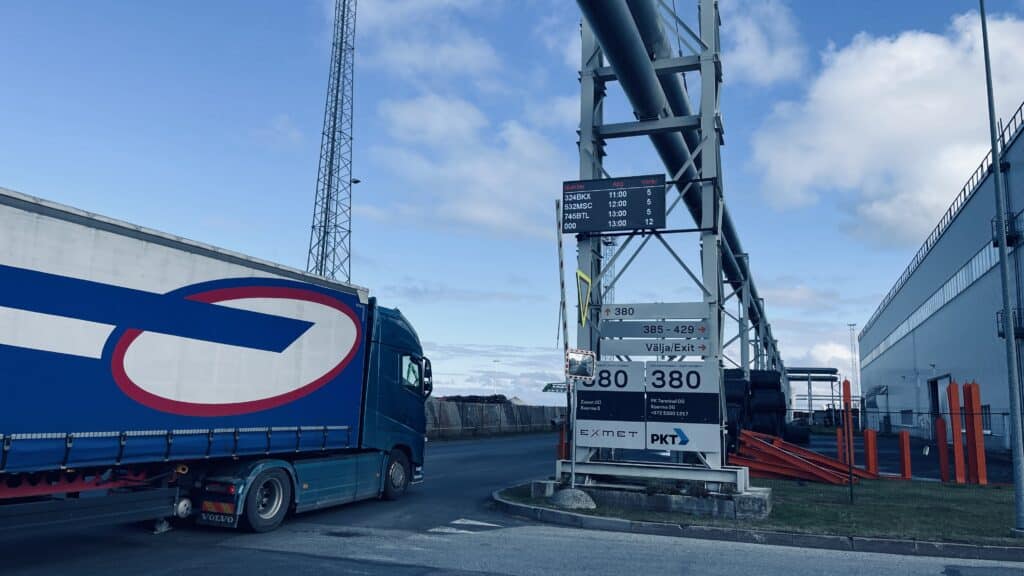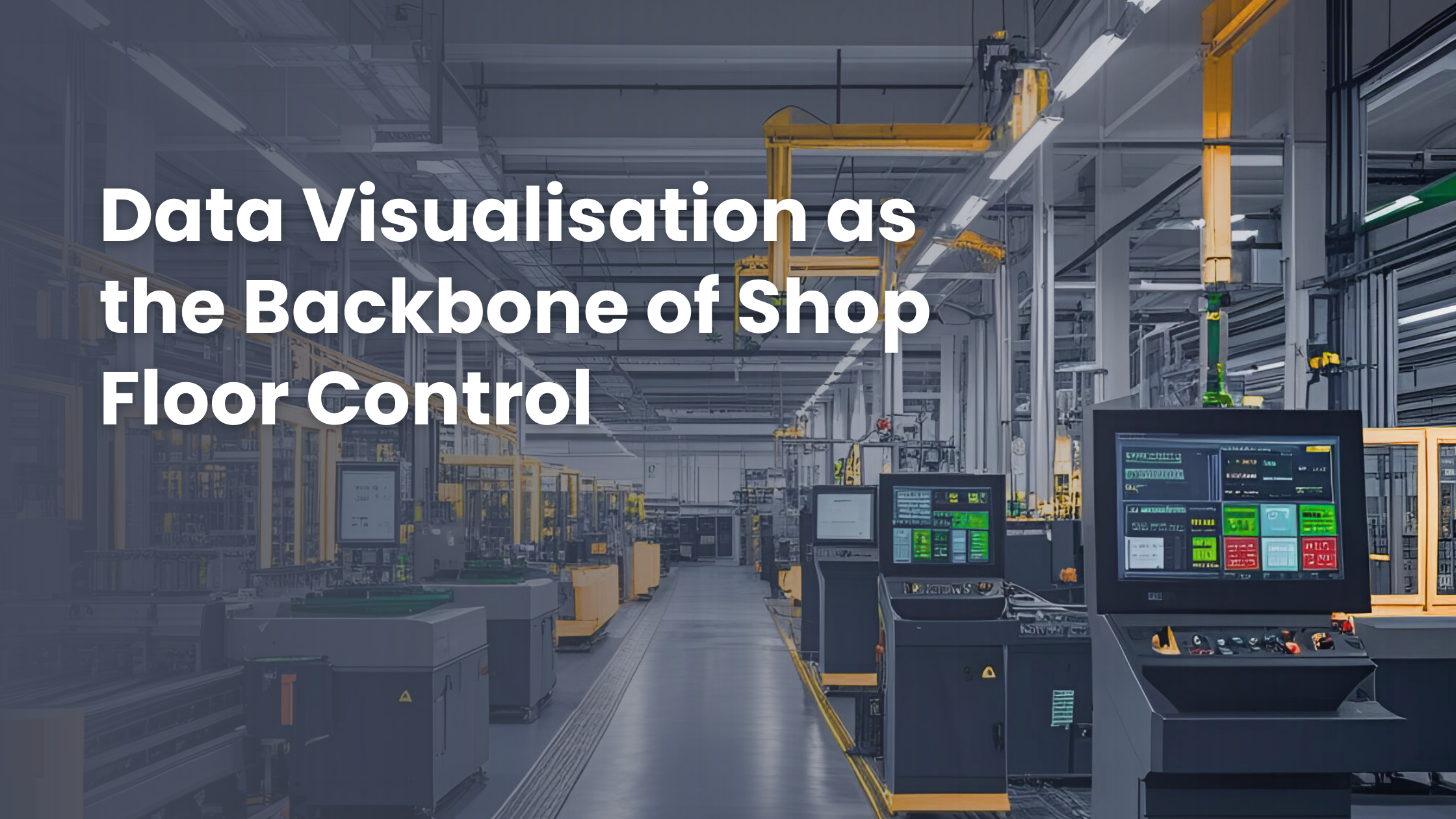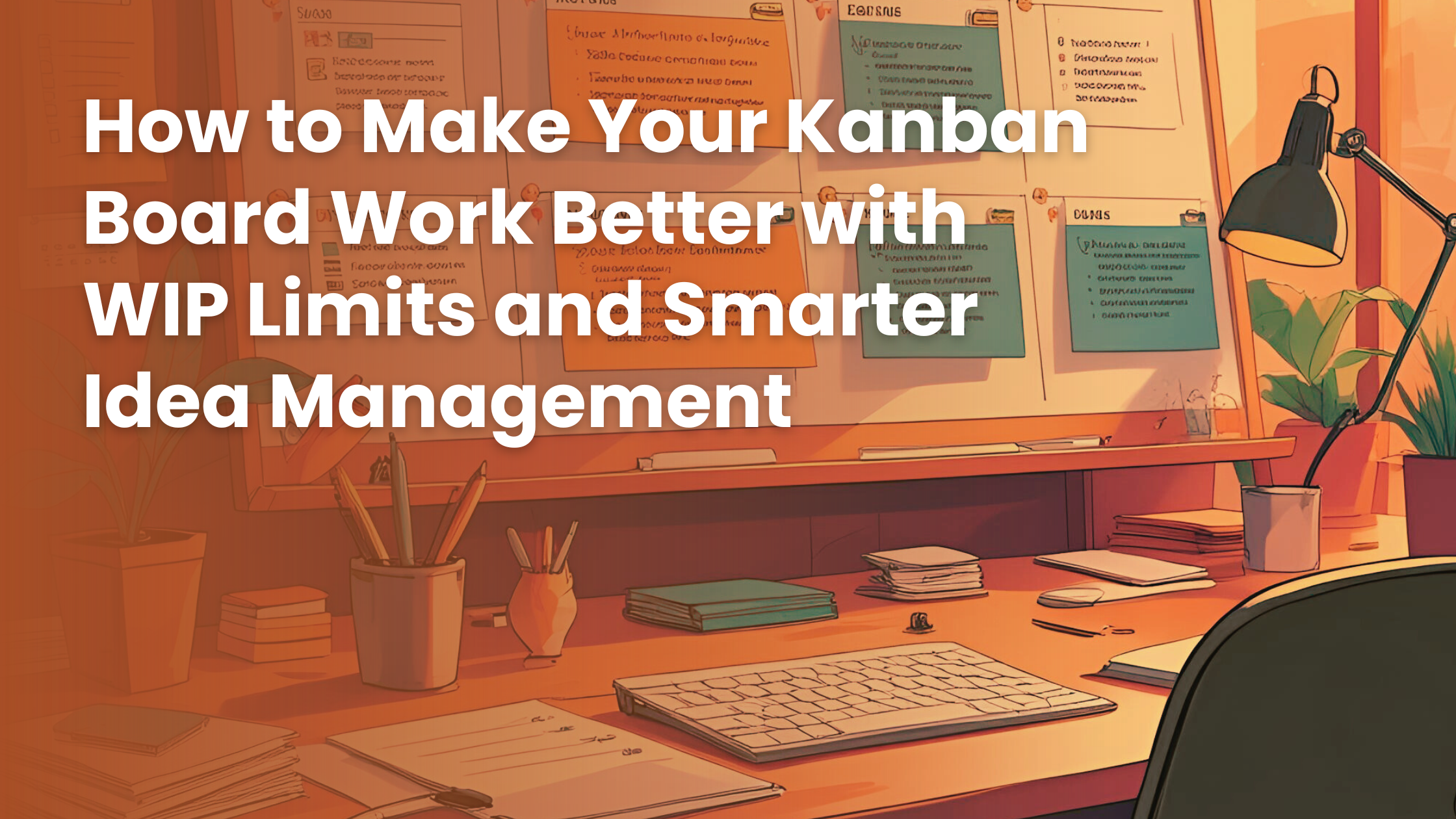Data Visualisation as the Backbone of Shop Floor Control
Manufacturing environments are increasingly complex, requiring real-time coordination across production lines, inventory systems, and personnel. Traditional paper-based workflows or scattered digital interfaces create friction, delays, and miscommunication. Real-time data visualisation through LED and LCDs addresses this directly, translating backend data into highly visible, actionable insights on the shop floor.
Visual boards mounted in production halls can show live order queues, workstation load balancing, quality alerts, and downtime statistics. With API integration, these displays pull directly from MES or ERP systems. Workers and supervisors no longer need to log into terminals or wait for printouts. The production floor becomes self-organising, with information flowing to the point of need.

Outdoor Logistics: Making Movement Visible
Outdoor logistics environments — yards, gates, terminals, and depots — suffer from one critical problem: poor visibility of real-time status. Deliveries, driver instructions, gate changes, and queuing logic are often managed over radio or manual instruction, which doesn’t scale or adapt.
Outdoor-rated LED displays, designed for visibility in direct sunlight and harsh conditions, serve as control towers for outdoor logistics. They can show truck call-ins, container slotting updates, loading bay statuses, and dynamic wayfinding, without requiring driver apps or printed paperwork. Paired with GPS or RFID systems, these displays enable fully automated dock assignment and vehicle flow regulation.

Bridging the Indoor–Outdoor Divide
What makes LED and LCDs powerful is their ability to bridge siloed systems. Shop floor control data can be extended seamlessly outdoors, giving warehouse workers visibility into inbound freight, while outdoor drivers see the internal production readiness.
For example:
- An outdoor display signals to a driver that their loading slot is ready.
- Simultaneously, a production line LED screen updates workers that material from Truck #48 is arriving.
- No phone calls, no radios, no guesswork.
This closes the loop between physical movement and digital coordination.
Implementation Tactics That Work
- Standardise Display Protocols: Use JSON-based API endpoints to feed live data into displays. Avoid manual input interfaces.
- Segment Content by Role: Show workers task-level info; managers get performance metrics; drivers receive next actions.
- Design for Glanceability: Prioritise bold, minimal layouts with clear symbols or icons.
- Fail-Safe Logic: Displays should gracefully fall back to predefined messages if connectivity is lost.
Future Outlook: Autonomous Environments
As logistics environments move toward more autonomous operations — self-driving tuggers, robotic forklifts, AI-based scheduling — real-time visual feedback becomes the human-to-system bridge. LED and LCD displays will evolve from static dashboards to dynamic negotiation interfaces, where humans and machines coordinate in the open, visually.







